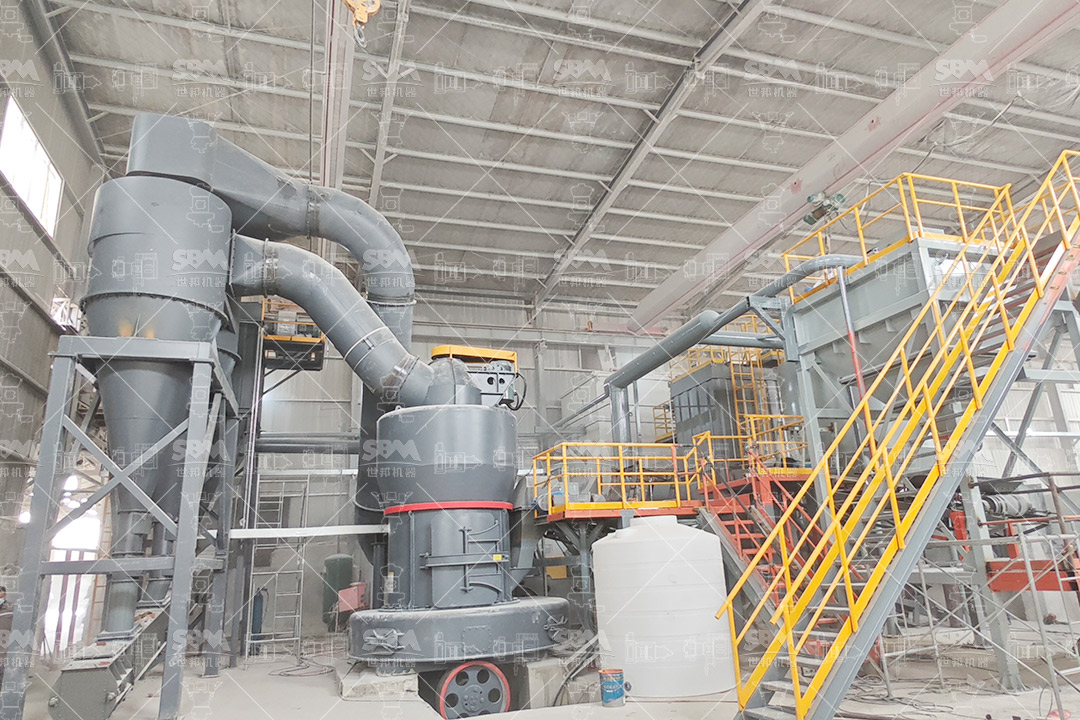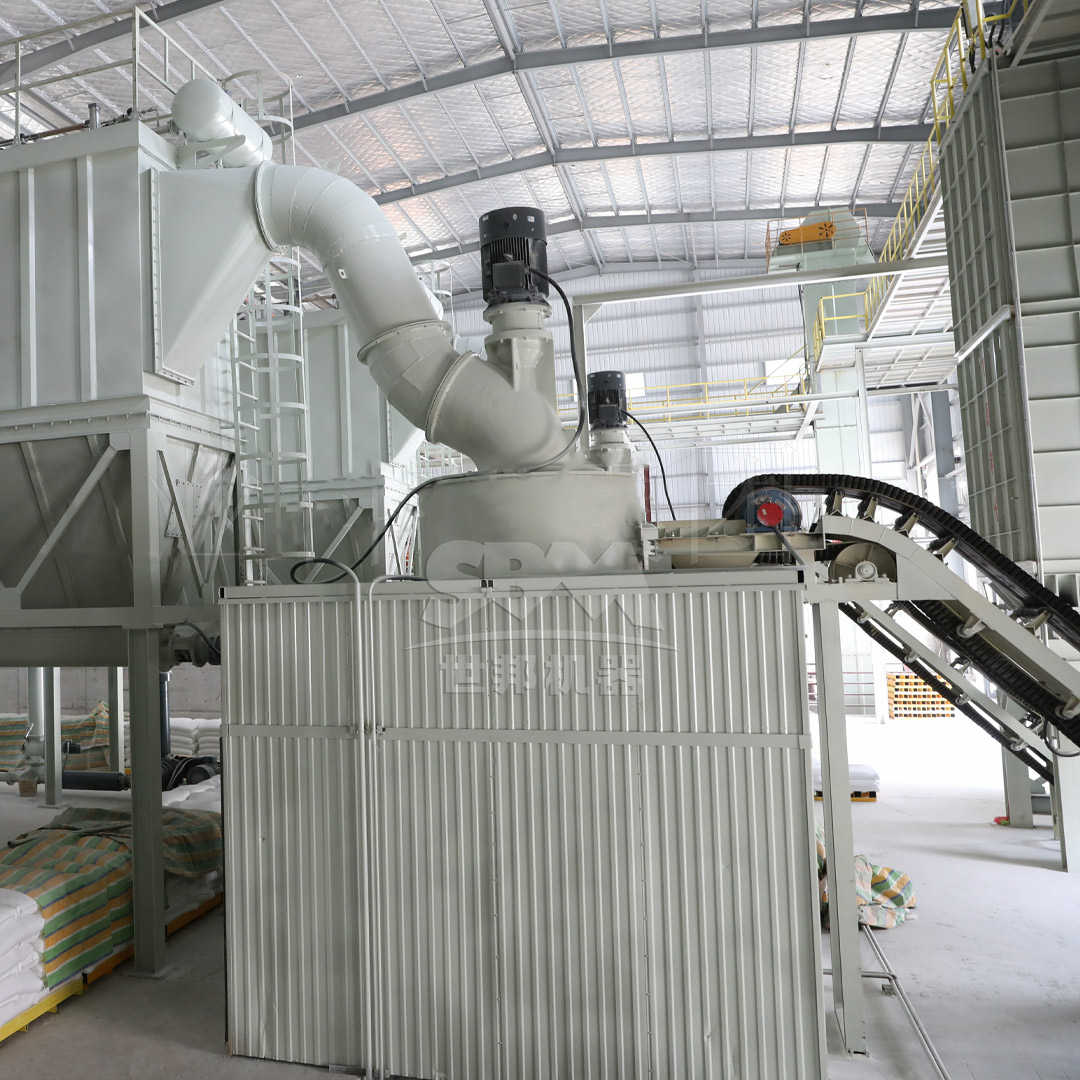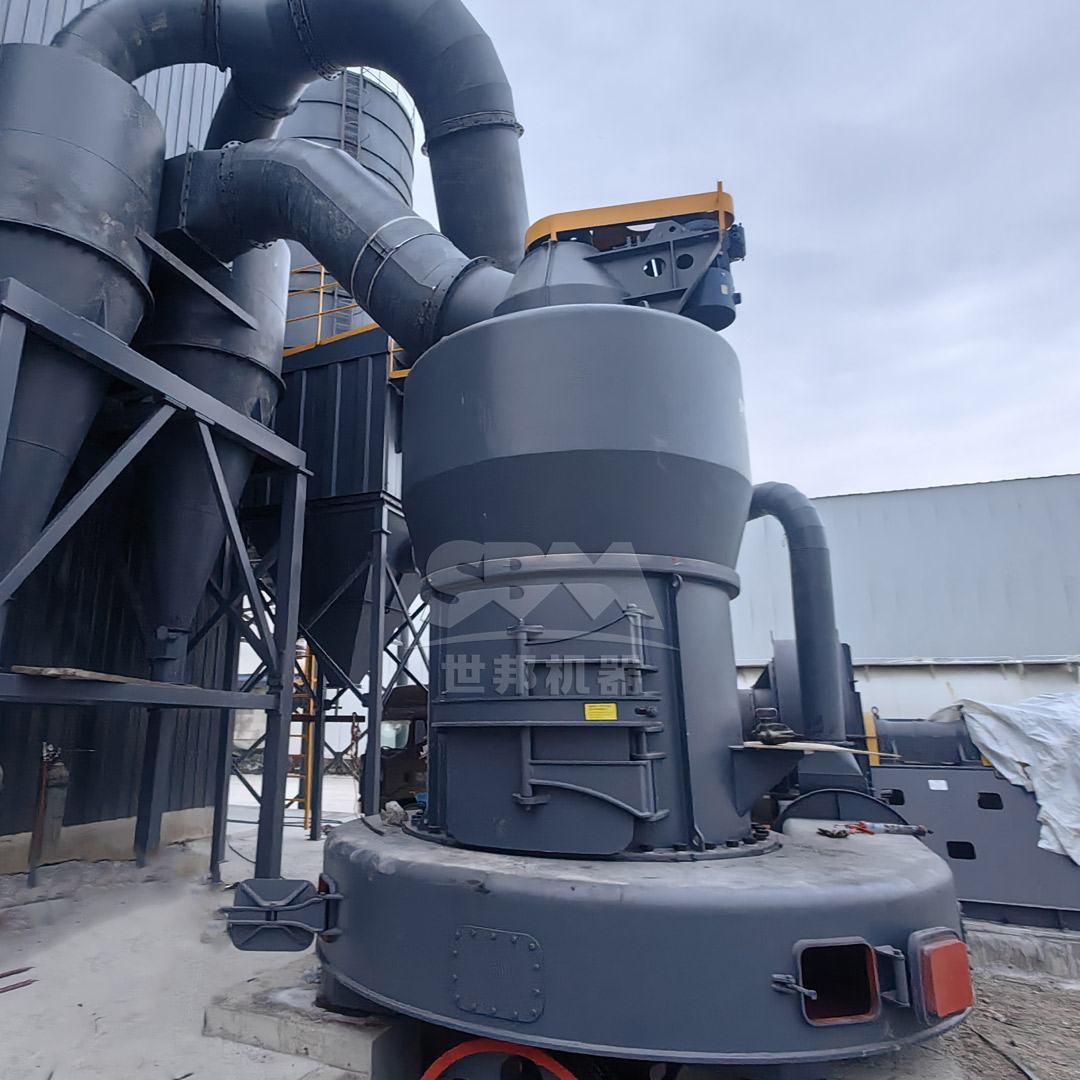The development of high-performance thermal insulation materials is a critical frontier in industrial energy efficiency and sustainable construction. Among various raw materials, bauxite stands out due to its unique combination of refractory properties, chemical stability, and abundance. The processing of bauxite into fine powder is the foundational step in unlocking its potential for creating advanced insulation products like refractory bricks, castables, and lightweight aggregates. The performance of these final products is intrinsically linked to the particle size distribution, morphology, and purity of the bauxite powder, making the selection of the grinding technology a paramount decision.
This article delves into the technical considerations for processing bauxite powder specifically tailored for thermal insulation applications. It will explore the material’s properties, the critical role of milling, and how advanced grinding solutions can optimize the powder characteristics to achieve superior thermal performance, mechanical strength, and longevity.

Bauxite, primarily composed of aluminum hydroxides (gibbsite, boehmite, and diaspore), is the principal ore for aluminum production. However, its high alumina (Al₂O₃) content, which can range from 50% to over 80%, also makes it an excellent raw material for refractory and insulation products. When calcined, bauxite transforms into a highly stable, sintered material with a high melting point (over 1800°C), low thermal conductivity, and excellent resistance to thermal shock and chemical corrosion.
For insulation materials, the goal is to create a microstructure with a high volume of trapped air pockets, which are the primary insulator. The fineness and particle packing of the bauxite powder directly influence this microstructure. A carefully controlled particle size distribution allows for denser packing of finer particles, forming a strong matrix, while the incorporation of carefully sized pores or hollow spheres provides the insulating effect. Therefore, achieving a precise and consistent powder fineness is not merely a mechanical process but a fundamental aspect of material engineering.
Bauxite is an abrasive and often hard material, especially after calcination. Its processing presents several distinct challenges for grinding equipment:
Overcoming these challenges requires robust, efficient, and precise milling technology. Traditional grinding systems like Raymond mills or ball mills often fall short, offering either insufficient fineness, high energy consumption, or excessive wear. The industry has moved towards more advanced, vertical roller mills and ultrafine grinding systems.
For high-performance bauxite insulation materials, we highly recommend our SCM Series Ultrafine Mill. This mill is engineered to excel in precisely the areas where bauxite processing is most demanding.

| Model | Handling Capacity (ton/h) | Main Motor Power (kW) | Output Fineness (mesh) |
|---|---|---|---|
| SCM800 | 0.5-4.5 | 75 | 325-2500 |
| SCM900 | 0.8-6.5 | 90 | 325-2500 |
| SCM1000 | 1.0-8.5 | 132 | 325-2500 |
| SCM1250 | 2.5-14 | 185 | 325-2500 |
| SCM1680 | 5.0-25 | 315 | 325-2500 |
For projects requiring processing larger feed sizes or higher capacity for coarser grades of bauxite powder, our MTW Series Trapezium Mill presents an excellent alternative. It handles input sizes up to 50mm and offers robust performance with capacities ranging from 3 to 45 tons per hour, making it suitable for the initial size reduction stages in a comprehensive processing plant.
The journey from raw bauxite ore to a finished insulation product involves several steps where the quality of the powder is crucial:

The production of high-performance thermal insulation materials from bauxite is a sophisticated process that begins with the critical step of powder preparation. The choice of grinding technology is not just about reducing particle size; it is about engineering a powder with specific characteristics that define the final product’s insulating properties, strength, and durability. Overcoming the challenges of abrasion, energy use, and heat generation requires a mill built with advanced materials, intelligent controls, and efficient grinding principles.
Our SCM Series Ultrafine Mill is specifically designed to meet these challenges head-on, offering unparalleled fineness control, exceptional wear resistance, and remarkable energy efficiency. By investing in the right grinding technology, manufacturers can ensure they are producing the highest quality bauxite powder, forming the foundation for superior thermal insulation materials that meet the growing demands of energy conservation and high-temperature industrial applications.